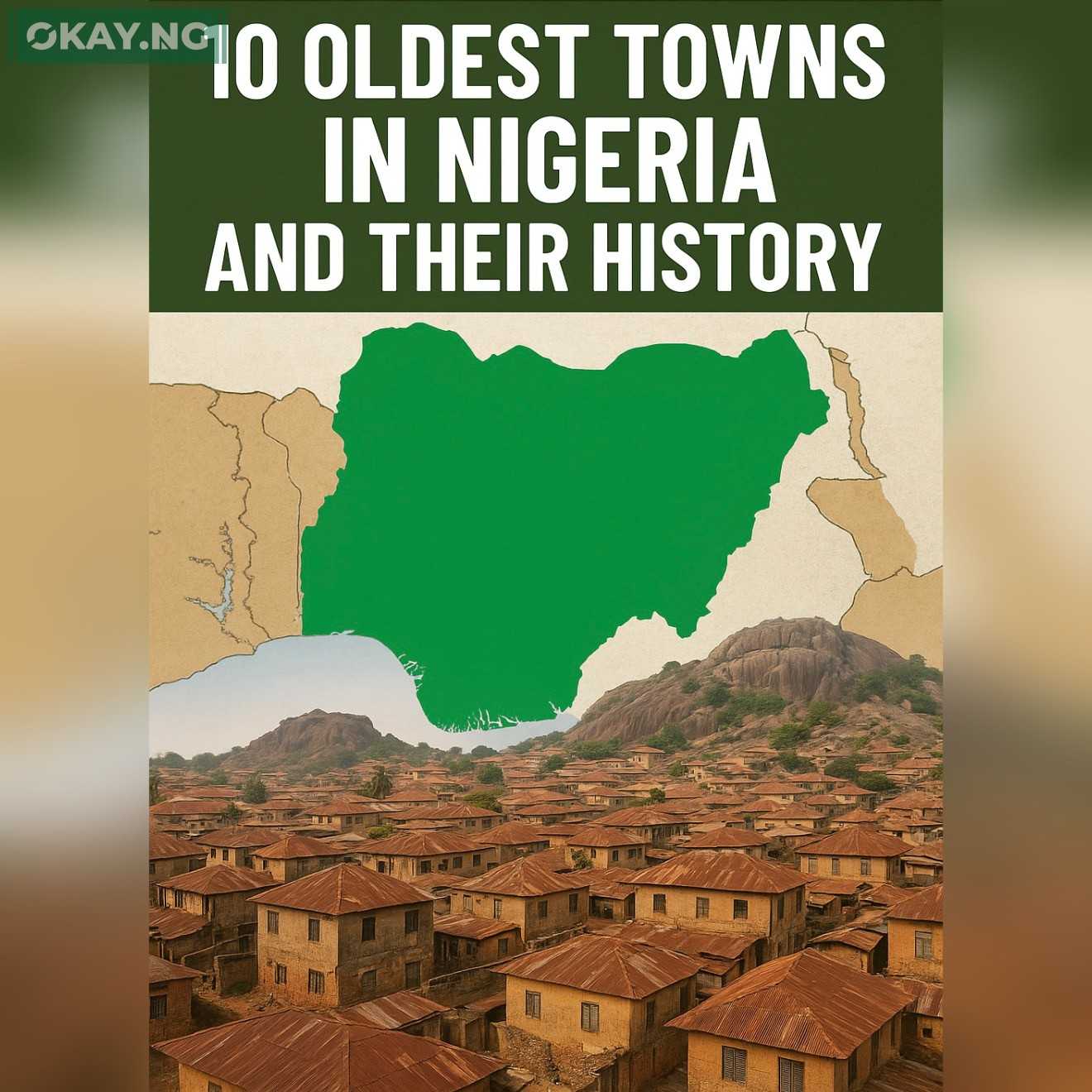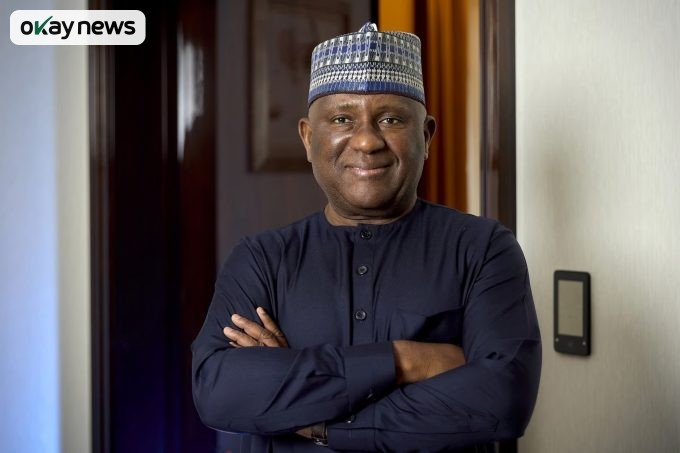Nigeria’s story is thousands of years deep, written in ancient city walls, royal courts, terracotta art, and bustling marketplaces that still thrive today.
To help readers, students, and travelers explore this heritage, Okay.ng presents a definitive guide to 10 of the oldest towns in Nigeria and the history that shaped them. These towns formed the backbone of early kingdoms, faith traditions, trade networks, and artistic movements across the region.
1) Ile-Ife — Cradle of Yoruba Civilization
Regarded as the spiritual heart of the Yoruba, Ile-Ife flourished as an urban and artistic center by the 11th to 15th centuries, producing naturalistic brass and terracotta masterpieces that still astonish historians. The city’s political and religious influence radiated across Yorubaland, and several dynasties trace their origins to Ife.
2) Benin City — Courtly Power and Bronze Mastery
Capital of the historic Kingdom of Benin, Benin City rose to prominence from the 13th century under the early Obas, with city planning and bronzework that impressed European visitors centuries later. Despite the devastating 1897 British invasion, the city remains a symbol of Edo cultural continuity and craftsmanship.
3) Kano — Dala Hill, Ancient Walls, Enduring Commerce
Settlement around Dala Hill predates a formal Hausa state, but Kano’s emergence as a walled capital is traced to rulers of the 11th to 14th centuries. The Ancient Kano City Walls guarded a trading hub that connected trans-Saharan commerce with the forest belt, making Kano one of Nigeria’s longest-standing commercial centers.
4) Daura — Source of Hausa Legends
An ancient town and spiritual home of the Hausa, Daura preserves the Bayajidda legend and traditions of queenship from the 9th and 10th centuries. It remains central to Hausa identity and is still revered as a key historic seat.
5) Katsina — Scholarly Capital of Hausaland
Katsina became a major Hausa state by the 10th to 11th centuries and later emerged as a renowned center of Islamic scholarship. Its mosques, palaces, and cultural festivals continue to draw visitors seeking to experience its scholarly and commercial legacy.
6) Zaria (Zazzau) — Frontier Power With Deep Roots
The Kingdom of Zazzau is traditionally dated to the 11th century, with the present walled town of Zaria likely founded in the 16th century. Known for legendary warrior queens and its role in northern trade, Zaria was a strategic hub on the southern edge of Hausaland.
7) Nri — Sacred Kingship in Igboland
Centered on priest-king authority rather than military conquest, the Kingdom of Nri shaped religious norms and taboos across parts of Igboland from the early second millennium. Nri’s theocratic model made it one of the most unique and peaceful systems of governance in West Africa.
8) Igbo-Ukwu — 9th-Century Masterworks in Metal
The town of Igbo-Ukwu produced some of the earliest known bronze and copper castings in sub-Saharan Africa, dated to the 9th century. These findings reveal a sophisticated society with advanced craftsmanship and far-reaching trade networks long before European contact.
9) Oyo-Ile (Old Oyo) — Imperial Capital on the Savanna
The ruins of Oyo-Ile served as the political heart of the Oyo Empire for centuries, with defensive walls, royal compounds, and water systems still visible today. Though abandoned in the 19th century, the site remains a crucial archaeological and historical landmark of Yoruba statecraft.
10) Ijebu-Ode — Capital of a Maritime Trading Power
By the 16th century, Ijebu-Ode was the leading town of a Yoruba kingdom that dominated inland-to-coast trade routes. Nearby, the monumental earthwork known as Sungbo’s Eredo dates to between the 9th and 11th centuries, marking the region’s early engineering and political organization.
Why These Towns Matter Today
Together, these towns tell the story of Nigeria’s deep and diverse past — from Ife’s sacred art and Benin’s bronzes to Kano’s markets and Nri’s priest-kingship. Urban life, scholarship, and trade were thriving here centuries before colonial records, and their legacies continue to shape culture, festivals, and tourism across the country.













